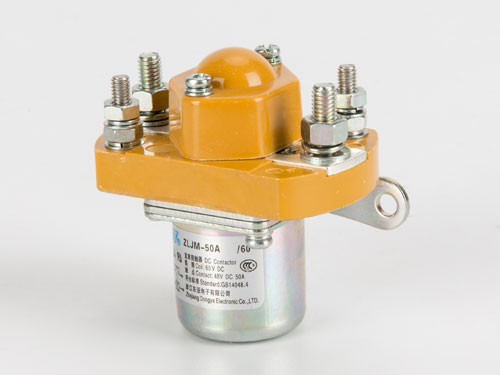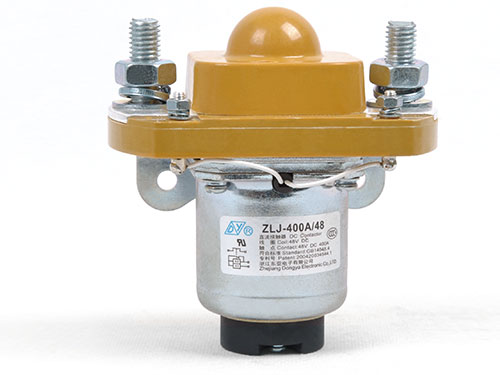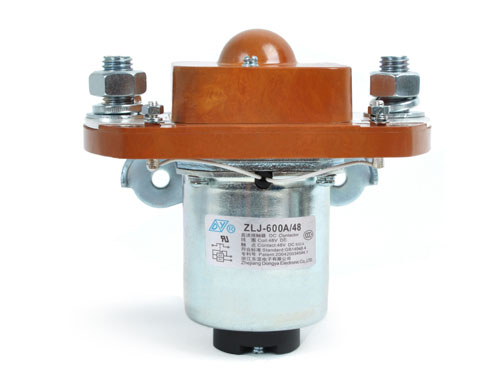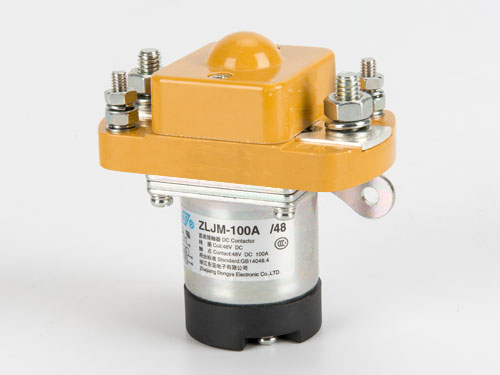Measuring electrical current accurately is essential in various applications, from industrial machinery to automotive systems and renewable energy installations. In DC (direct current) circuits, ammeters are used to measure current flow. However, many ammeters cannot handle high currents directly. This is where a DC current shunt becomes indispensable.
In this article, we will explore the purpose of a shunt in a DC ammeter, how it works, and its key benefits in electrical measurement systems.
What Is a DC Current Shunt?
A shunt is a low-resistance precision resistor placed in parallel with an ammeter to divert (or "shunt") a known proportion of the current away from the measuring device. By doing so, it allows the ammeter to measure higher currents than it could handle on its own.
Shunts are commonly made from materials like manganin or constantan, which have a very stable resistance over a wide temperature range.
How Does a Shunt Work in a DC Ammeter?
1. Current Division Principle – When placed in parallel with the ammeter, the shunt provides an alternative path for current. Since the shunt has a very low resistance compared to the ammeter, most of the current flows through the shunt, while only a small, measurable fraction passes through the ammeter.
2. Voltage Drop Measurement – The shunt resistor generates a small voltage drop (per Ohm's Law: *V = I × R*). The ammeter measures this voltage and converts it into a current reading based on the known shunt resistance.
3. Scaling the Measurement – By selecting an appropriate shunt resistance, the ammeter can be calibrated to display the total current rather than just the fraction passing through it.
Key Benefits of Using a Shunt in DC Ammeters
Enables High-Current Measurement – Shunts allow ammeters to measure currents far beyond their normal capacity (e.g., hundreds or thousands of amps).
Minimizes Power Loss – Since shunts have extremely low resistance, they introduce negligible power loss into the circuit.
Improves Measurement Accuracy – Precision shunts provide highly accurate voltage drops, leading to reliable current readings.
Cost-Effective Solution – Instead of needing a heavy-duty ammeter for high currents, a standard meter with a shunt can be used.
Applications of DC Current Shunts
Battery Monitoring – Measuring charge/discharge currents in EVs and solar power systems.
Industrial Motor Control – Monitoring current in large DC motors.
Power Supply Testing – Verifying current output in lab and production environments.
Energy Management Systems – Tracking power consumption in data centers and factories.
Conclusion
A DC current shunt is a vital component that extends the measurement range of an ammeter while maintaining accuracy and efficiency. By diverting excess current through a precision resistor, it allows standard ammeters to safely measure high DC currents without damage. Whether in automotive, industrial, or renewable energy applications, shunts play a crucial role in ensuring reliable electrical measurements.
For engineers and technicians working with DC circuits, understanding how shunts function helps in selecting the right components for accurate and safe current monitoring.
 English
English  한국어
한국어




